
50+ Customer Support Statistics in 2025
By Uttam Kumar Dash
September 21, 2024
Last Modified: December 20, 2024
Customer support has grown beyond solving problems. It’s now key to lasting customer relationships. Done right, it boosts loyalty, satisfaction, and referrals.
But why is it so much more important than ever?
Simply put, now, customers expect super fast, and helpful responses. Brands that can deliver that sort of support can easily earn loyal customers and thrive in the market.
For this reason, we’ve come up with some crucial handpicked customer support stats for 2025 and beyond. We will also talk about what businesses can learn from here to improve their systems.
Customer Support Stats
83% of customers feel more loyal to brands that listen and resolve their complaints. (Khoros)
90% of customers say a quick response is critical when they have a question. 60% of them expect “immediate” to mean within 10 minutes. (HubSpot Research)
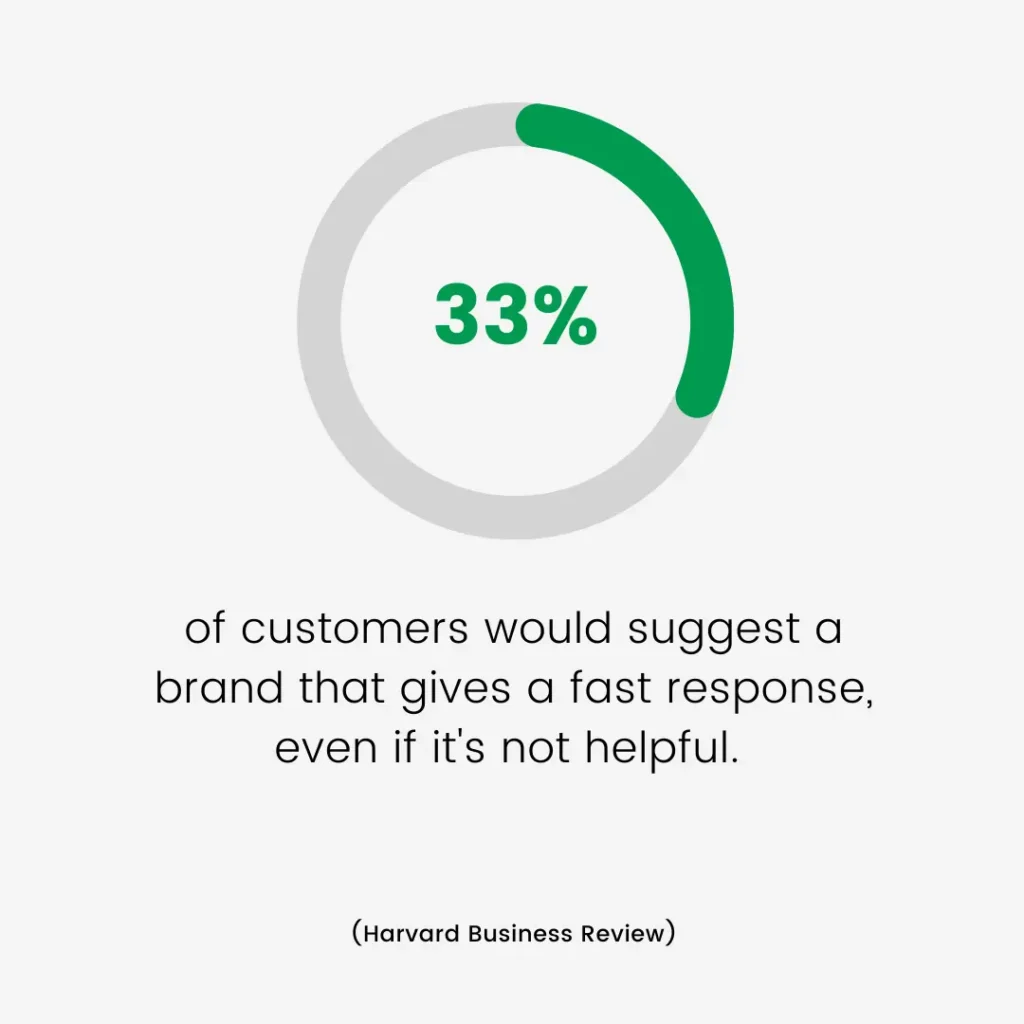
33% of customers would suggest a brand that gives a fast response, even if it’s not helpful. (Harvard Business Review)
Only 17% of consumers would suggest a brand that offers a slow but effective solution. (Harvard Business Review)
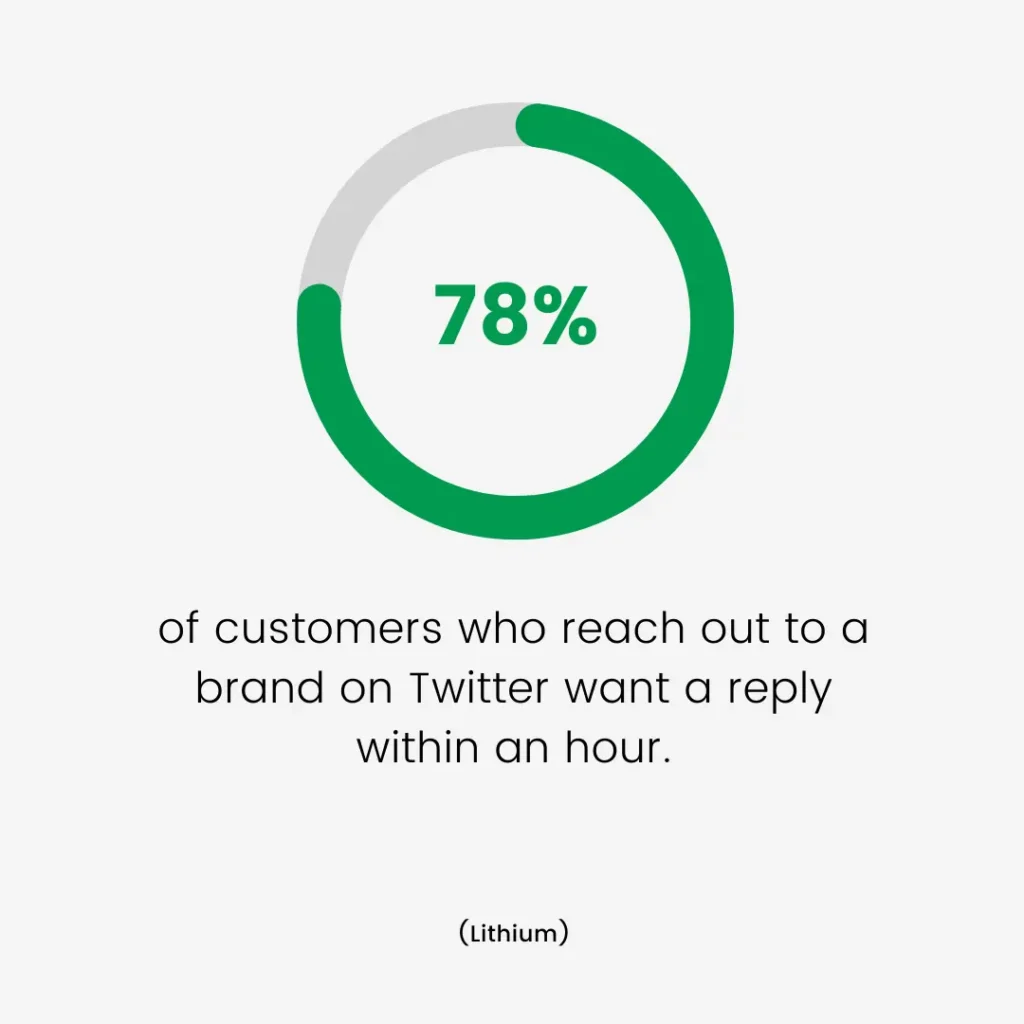
78% of customers who reach out to a brand on Twitter want a reply within an hour. (Lithium)
Over 76% of customers prefer using phone calls to contact customer support representatives. (CFI Group)
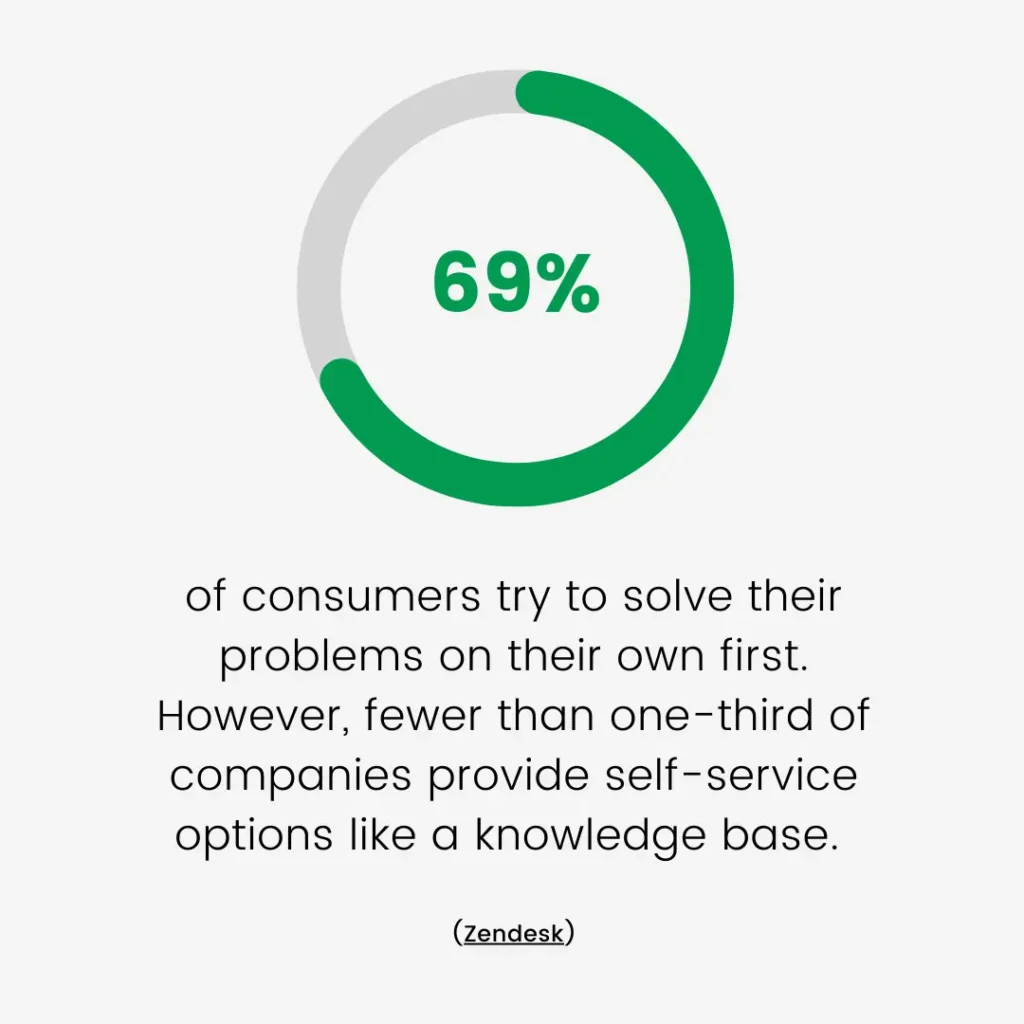
69% of consumers try to solve their problems on their own first. However, fewer than one-third of companies provide self-service options like a knowledge base. (Zendesk CX Trends 2020)
33% of consumers feel most frustrated by waiting on hold. Another 33% are equally frustrated by having to repeat themselves to different support representatives. (HubSpot Research)
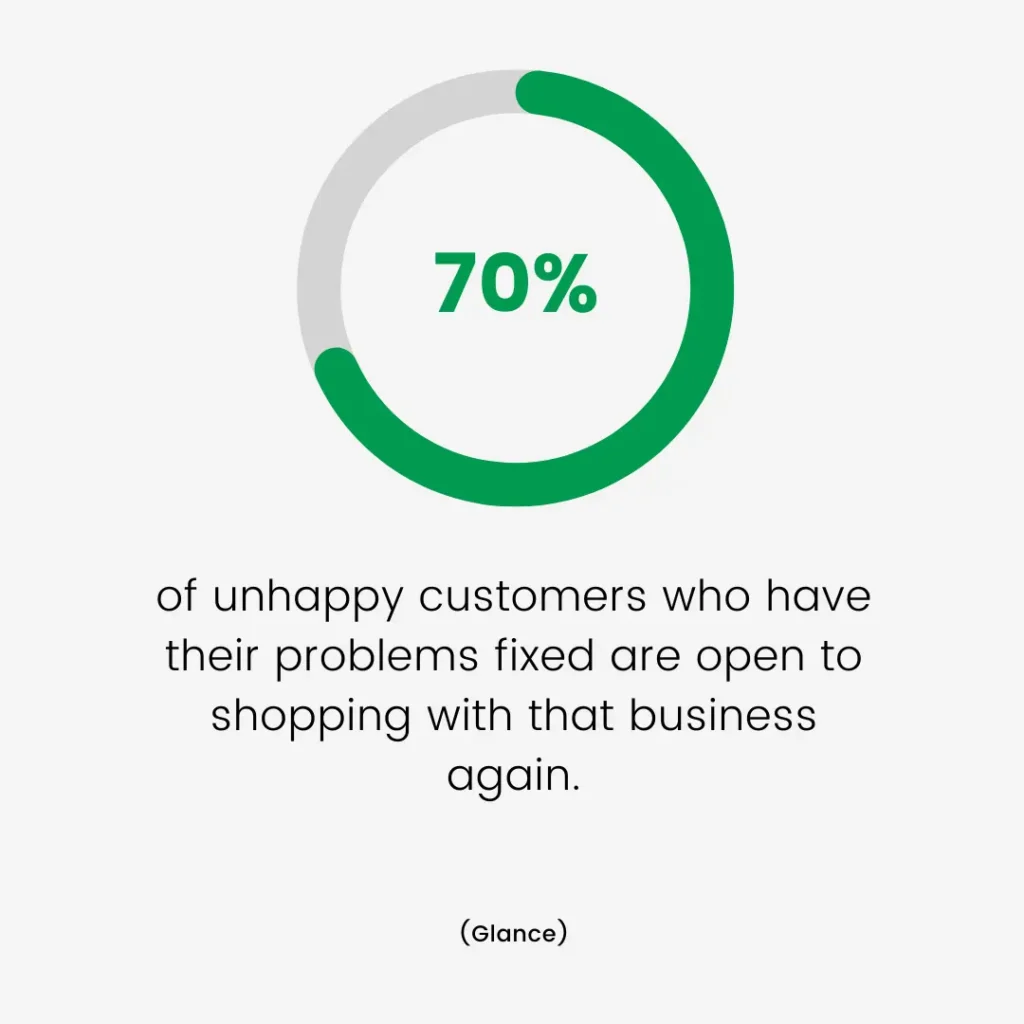
70% of unhappy customers who have their problems fixed are open to shopping with that business again. (Glance)
One-third of all customers believe that the key to good customer service is getting their problem solved in one interaction, no matter how long it takes. (Statista)
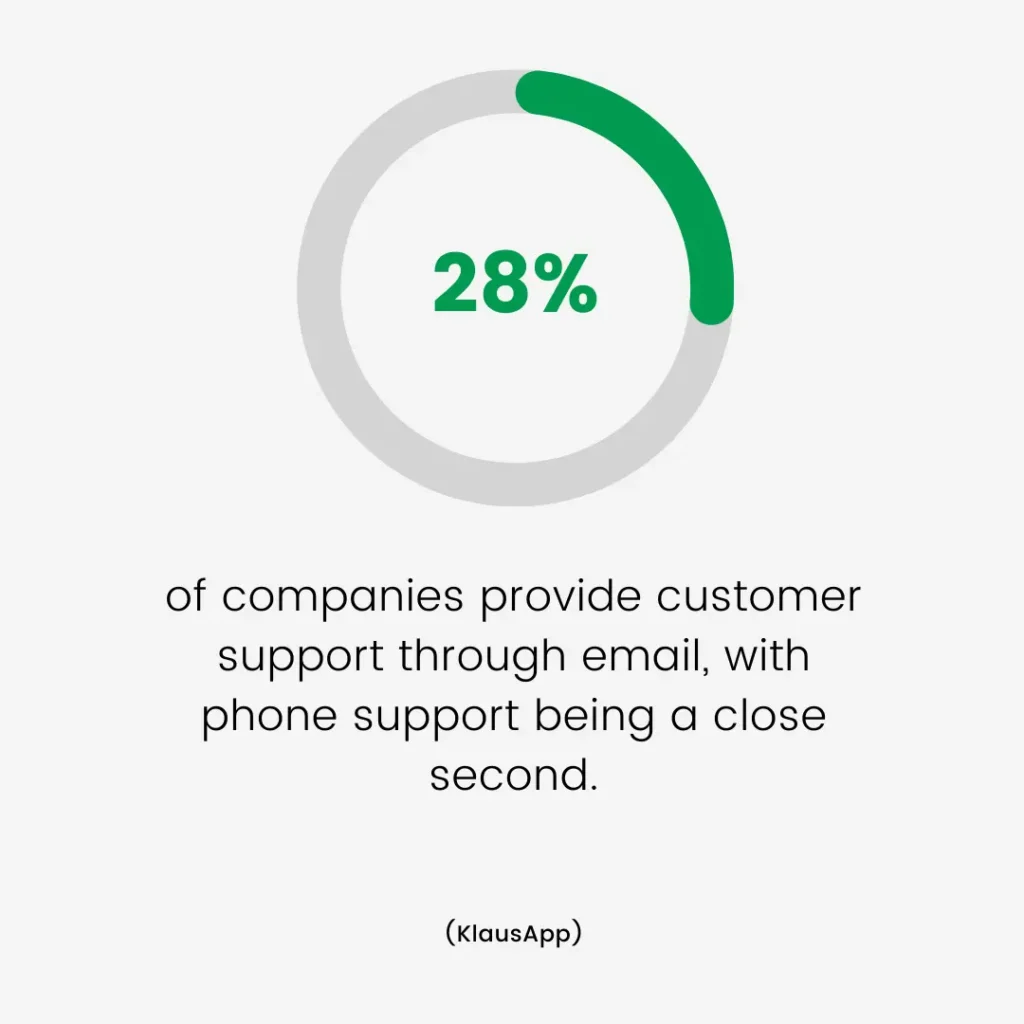
79% of consumers expect a quick reply when they reach out to a brand. (Khoros)
About 28% of companies provide customer support through email, with phone support being a close second. (KlausApp)
77% of customers expect to reach someone right away when they contact a company. (Salesforce Research)
21% of customers want their ticket resolved immediately. 23% expect it to be fixed within an hour, and another 23% think it should be resolved within 1 to 3 hours. (HubSpot, 2024 State of Customer Service)
Only 12% of self-service support platforms have high integration. For most organizations, just 20% of service issues get resolved. (McKinsey)
40% of U.S. consumers report using three or more channels to contact a company’s customer service team. (Airkit)
More than 50% of consumers feel more stressed and exhausted when interacting with customer support. (Zendesk)
30% of agents can’t consistently access customer information, which frustrates customers. (Zendesk)
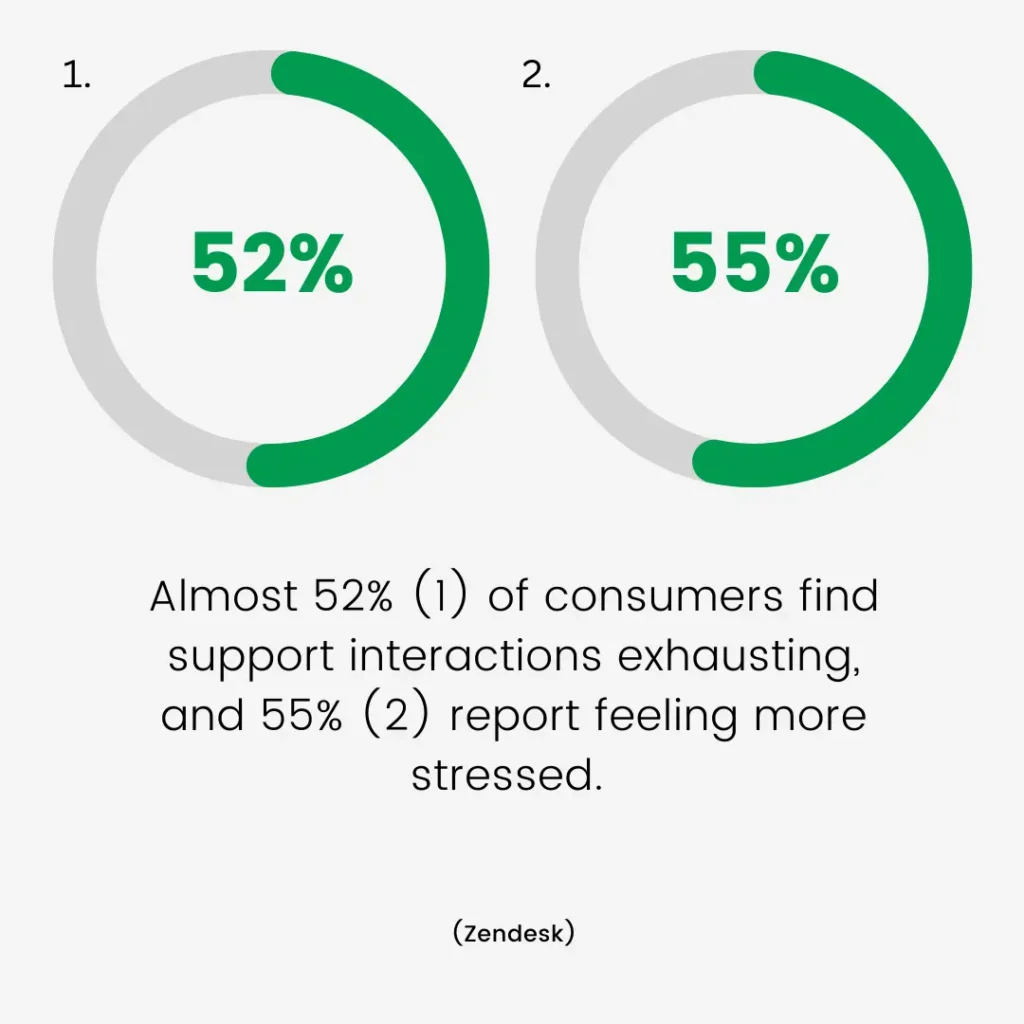
56% of consumers had a positive experience with customer support in the past year. (Zendesk)
52% of consumers find support interactions exhausting, and 55% report feeling more stressed. (Zendesk)
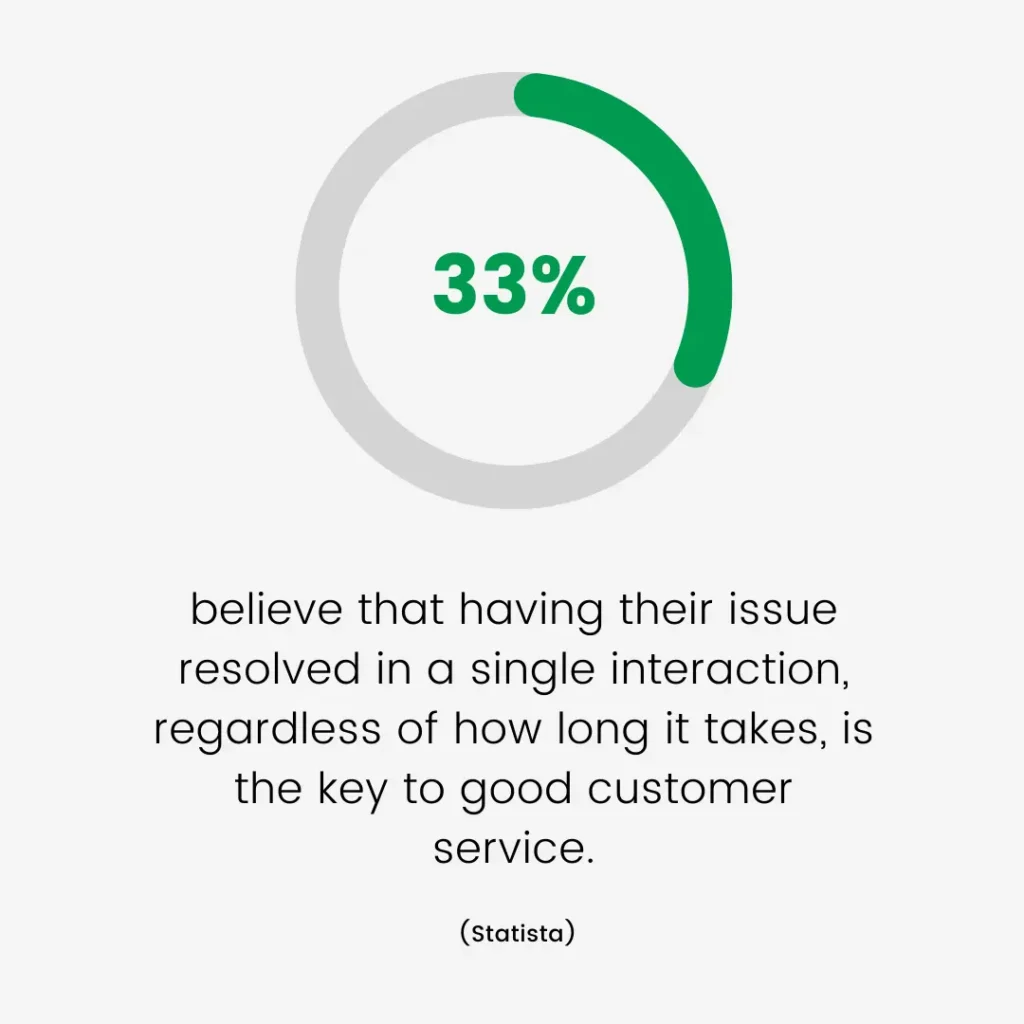
33% believe that having their issue resolved in a single interaction, regardless of how long it takes, is the key to good customer service. (Statista)
17% of customers feel that friendly support agents create a positive experience during a support call. (Document360)

15% of customers see 24/7 support as a key indicator of good customer experience. (Document360)
56% of customers would pay extra for a product if it means receiving excellent customer support. (PR Newswire)
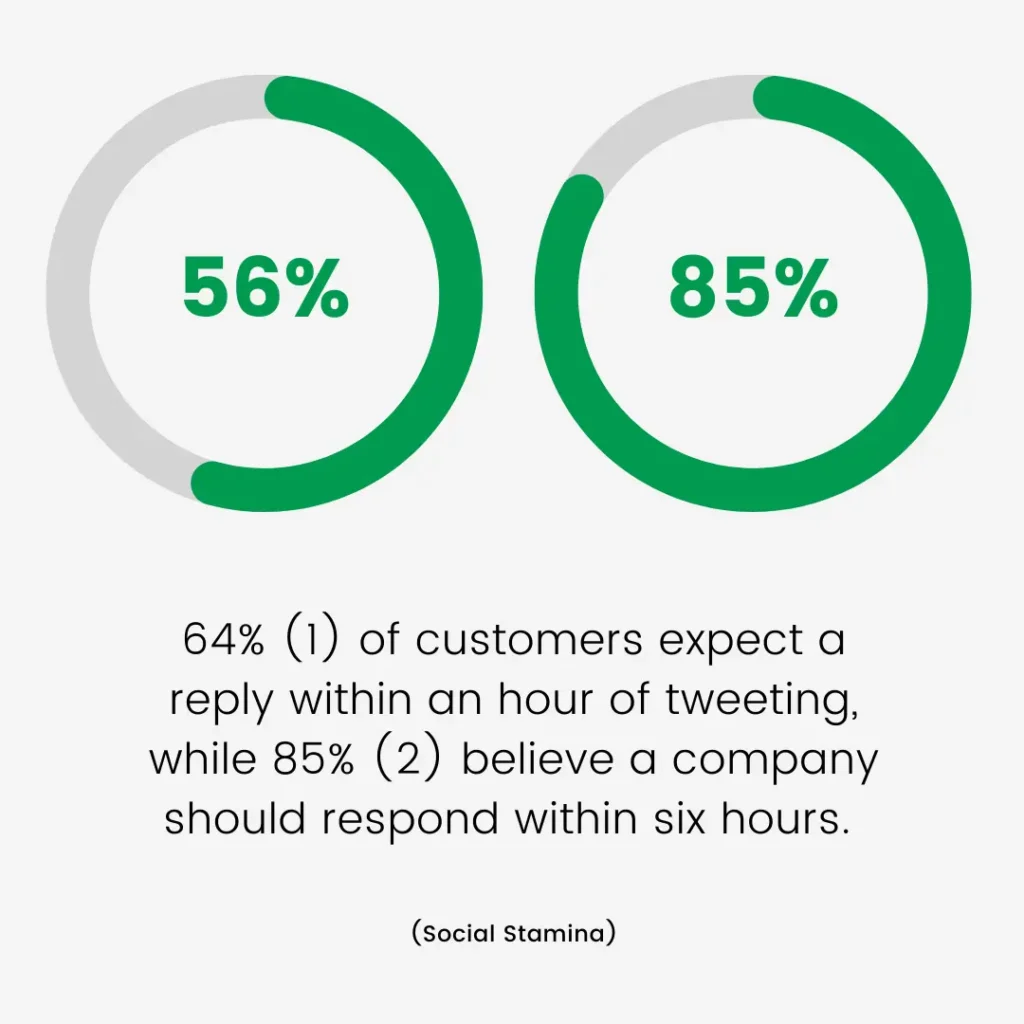
64% of customers expect a reply within an hour of tweeting, while 85% believe a company should respond within six hours. (Social Stamina)
75% of customers using the phone for help say their calls take longer than they expected. (Gartner)
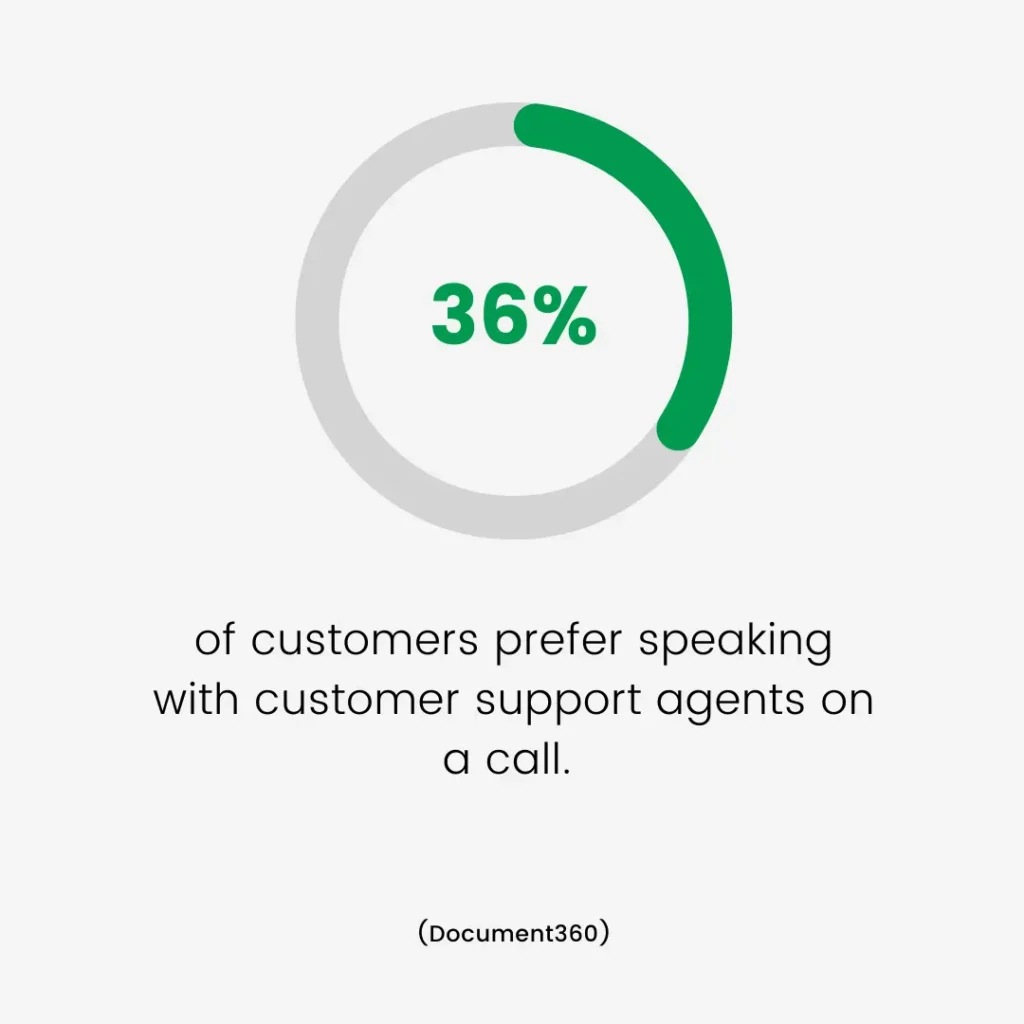
71% of Millennials believe that a fast response significantly enhances the customer experience. (Comm100)
36% of customers prefer speaking with customer support agents on a call. (Document360)
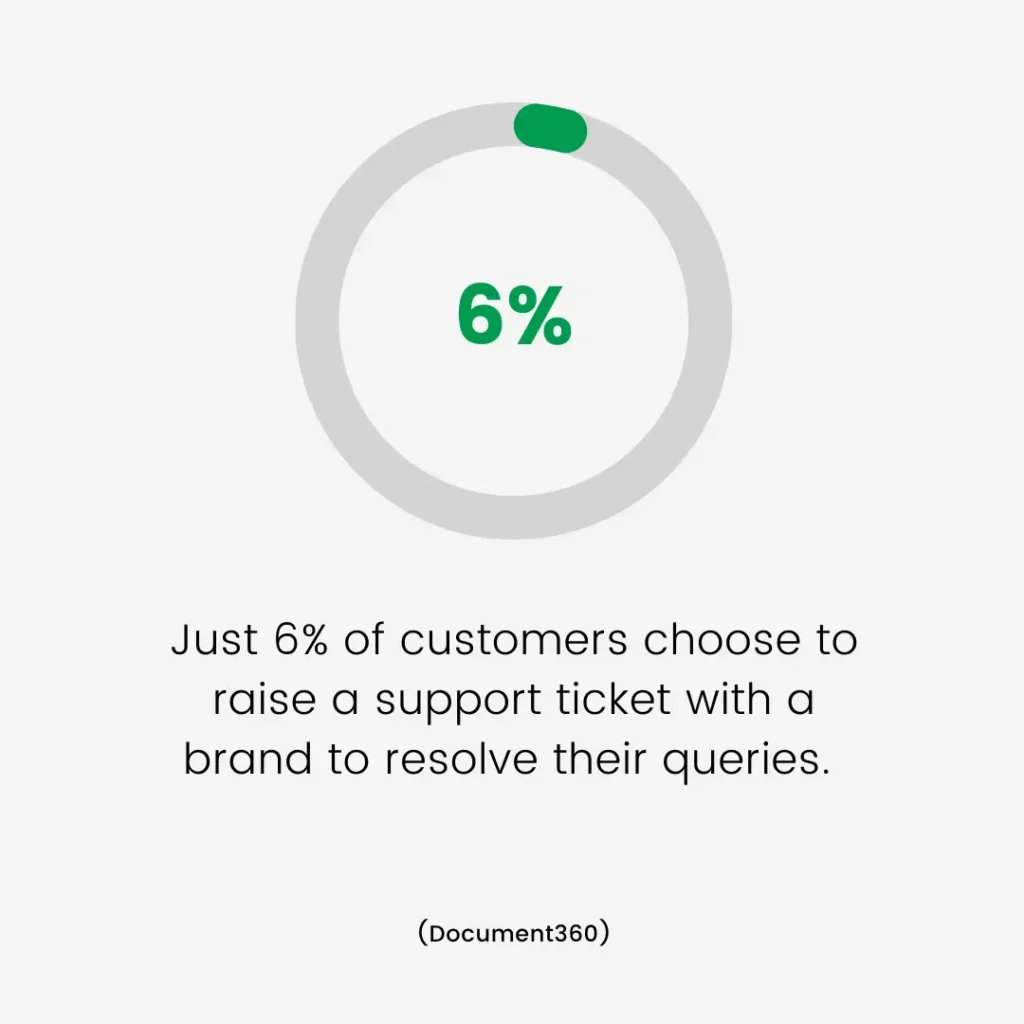
30% of customers prefer using live chat to connect with support agents to minimize wait time. (Document360)
Just 6% of customers choose to raise a support ticket with a brand to resolve their queries. (Document360)
Only 3% of customers prefer using a chatbot to resolve their doubts when connecting with a brand. (Document360)
Customer support response times have the greatest impact on customer satisfaction (CSAT) scores. (Freshworks)

64% of customer service leaders plan to focus on improving self-service options to provide faster issue resolution. (Gartner – PDF)
60% of customer service teams provide support through three or more channels. (Hiver)
57% of customers prefer reaching out to companies through digital channels like email instead of voice-based support. (Ameyo)
79% of millennials are more likely to purchase from brands with mobile-friendly customer support portals. (Microsoft)
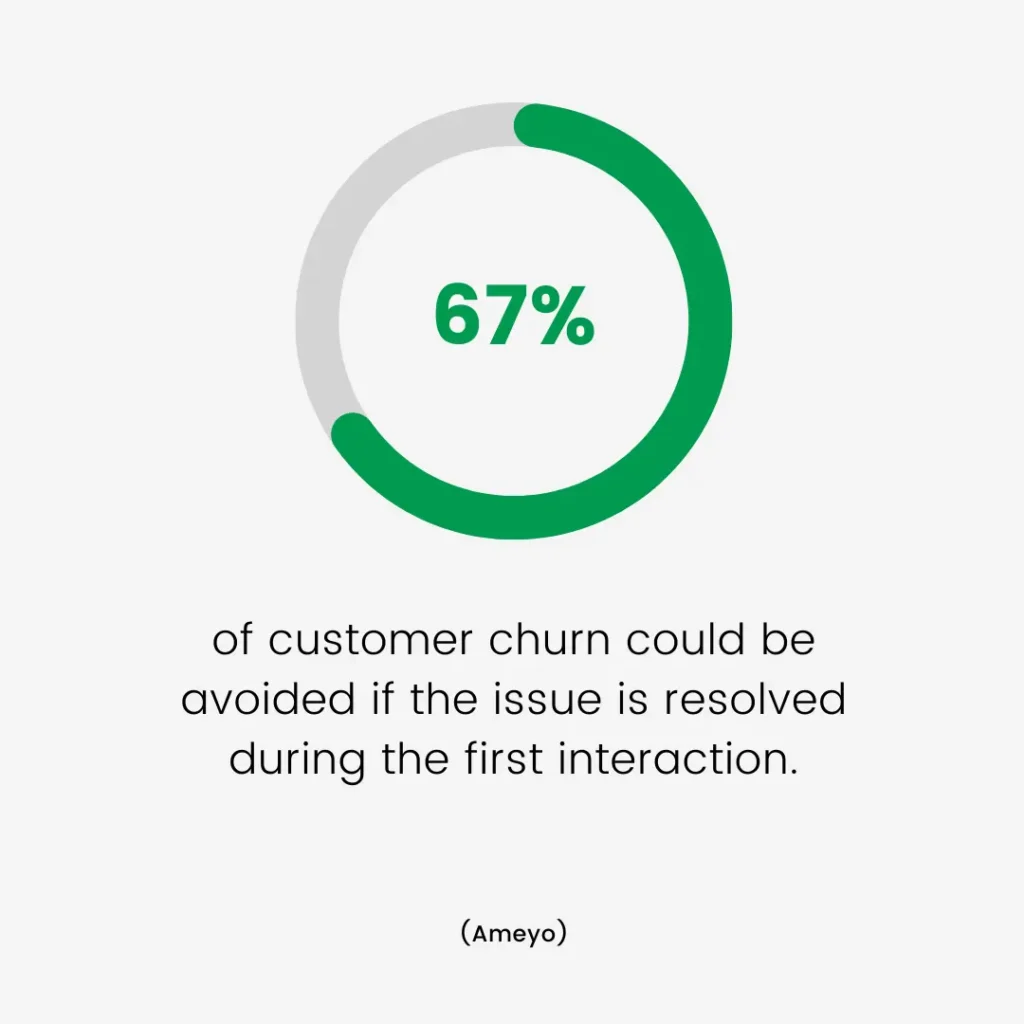
33% of customers use their mobile devices to reach out to customer service. (Microsoft)
67% of customer churn could be avoided if the issue is resolved during the first interaction. (Ameyo)
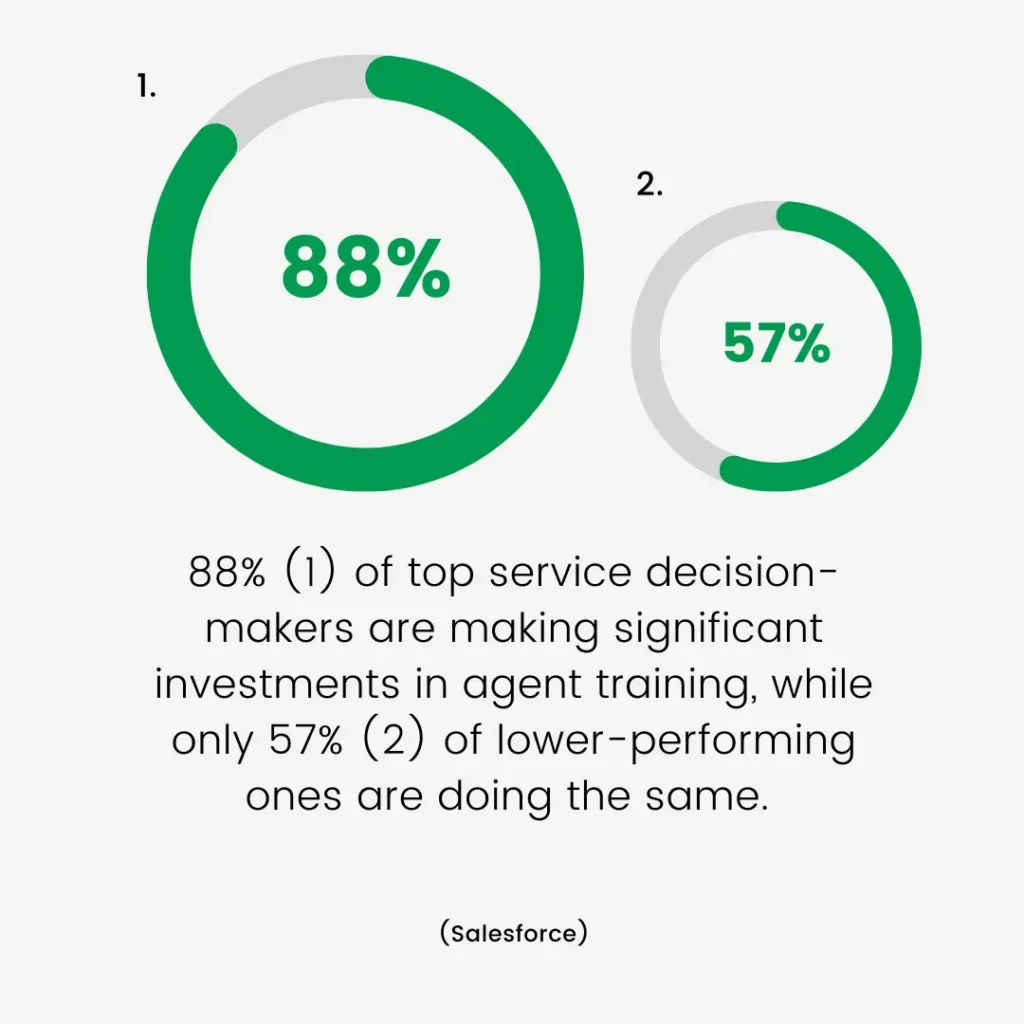
79% of businesses prefer live chat on their website for instant support, compared to 61% for email, 44% for phone, and 48% for social media. (Econsultancy)
88% of top service decision-makers are making significant investments in agent training, while only 57% of lower-performing ones are doing the same. (Salesforce)
83% of top-performing service agents feel they receive the training needed to excel in their roles, while just 52% of underperforming agents share that sentiment. (Salesforce)
42% of people who had a bad customer care experience felt disappointed, 43% felt unhappy, and 41% felt angry. These negative experiences have lasting effects: 67% of customers shared their bad experiences with others, and 65% switched to a different brand. (Khoros)

67% of support leaders feel they are already benefiting from their automation efforts, like chatbots, automatic routing, etc. (Intercom)
34% of customer service reps rate the service they provide as “Excellent,” and 38% say it’s great. Just 1% consider their service to be “Poor.” (HubSpot, 2024 State of Customer Service)
78% of customers expect brands or products to offer an online self-service portal instead of relying solely on traditional customer service support. (Document360)
18% of consumers expect companies to reply to their social media messages within an hour. (Statista)
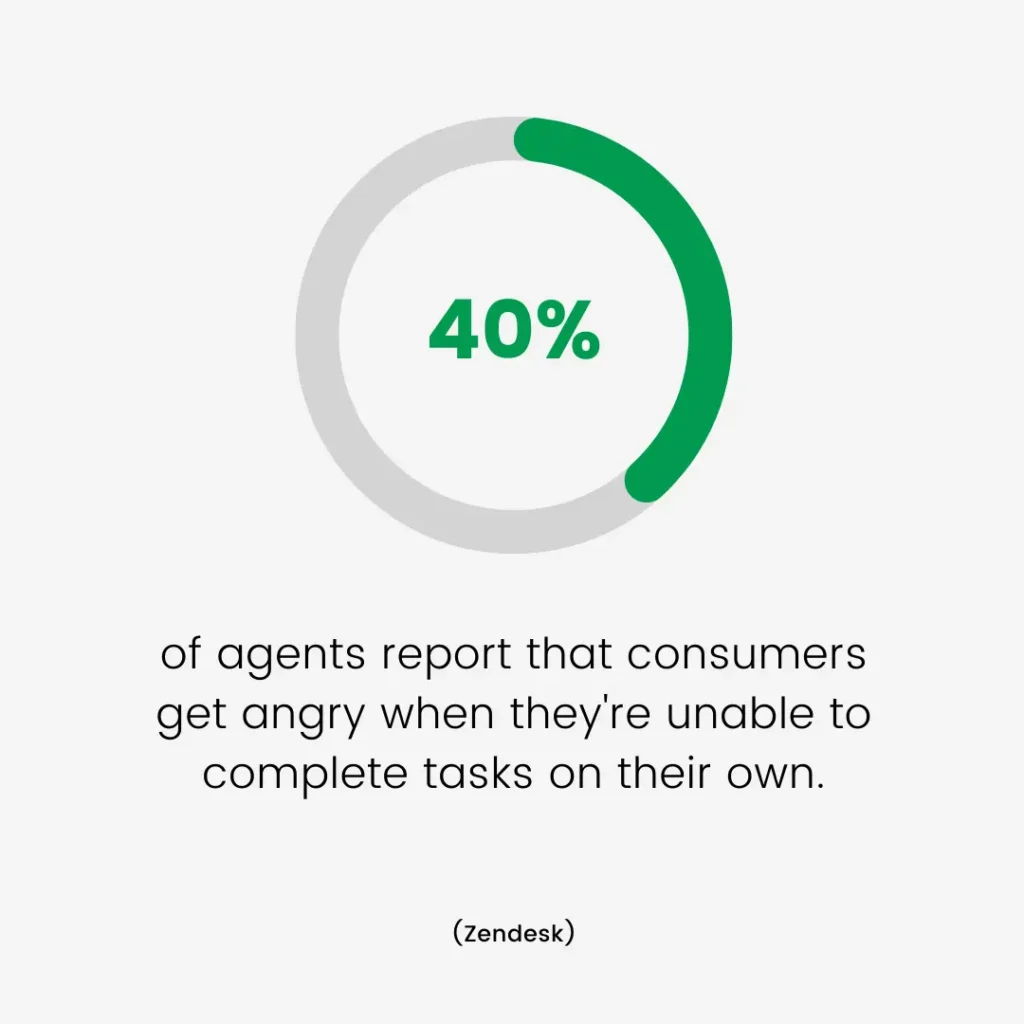
Companies are quick to reply on social media, with 59% of responses occurring within just 15 minutes. (Gartner Press Release)
40% of agents report that consumers get angry when they’re unable to complete tasks on their own. (Zendesk)
70% of consumers expect every representative they talk to at a company to be aware of their purchase history and past interactions. (Zendesk)
81% of leaders consider customer experience and support to be increasingly important in the coming year. (Zendesk)
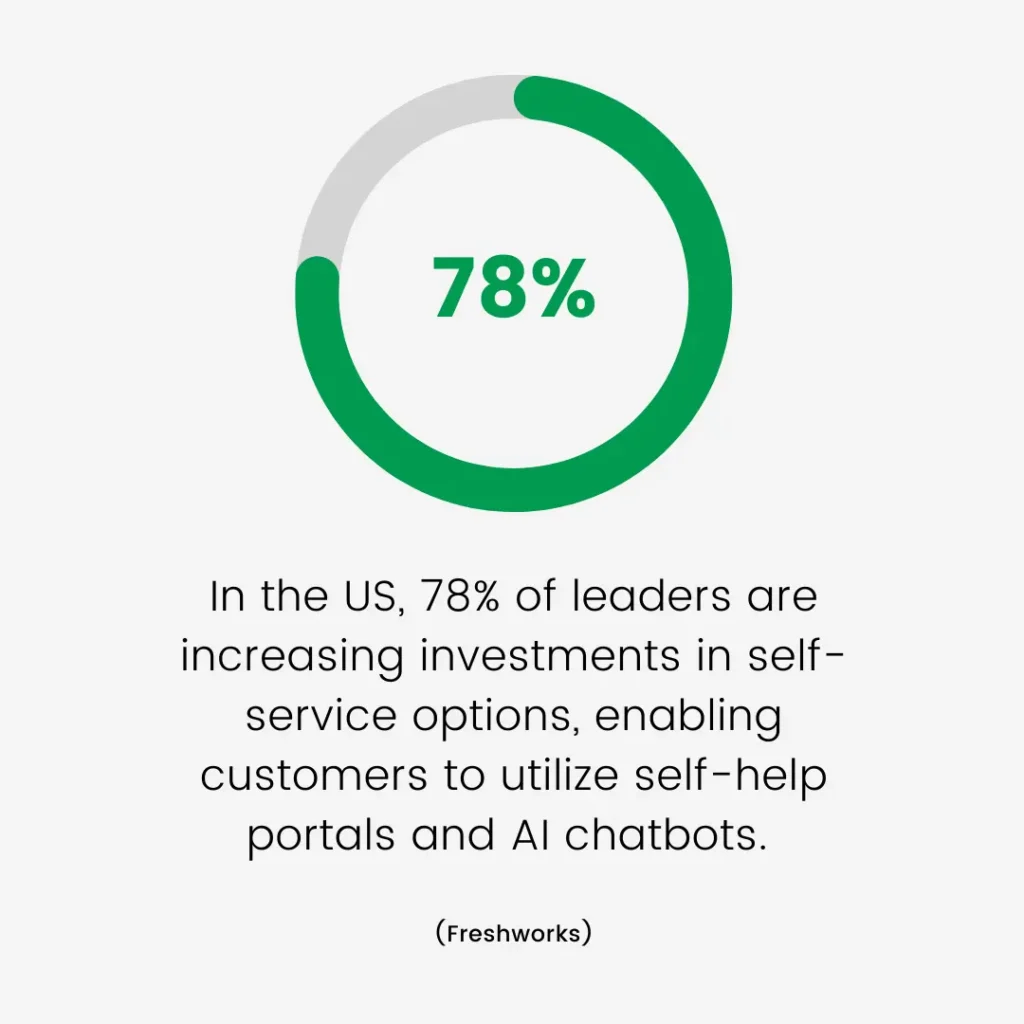
72% of people who regularly use customer service bots report a significant improvement in quality. (Zendesk)
In the US, 78% of leaders are increasing investments in self-service options, enabling customers to utilize self-help portals and AI chatbots. (Freshworks)
78% percent of customers who use chatbots report that they still need to reach out to a human agent afterward. (Zendesk)
References
Leveraging customer support stat reports
By leveraging insights from these stats mentioned above, we can realize and craft better support strategies that drive customer loyalty and satisfaction. Let’s break down the key takeaways and explore how they strengthen your customer support approach.
1. The first line of loyalty
The modern customer values quick solutions. But more importantly, they value their time. Brands that offer responsive and efficient support foster loyalty, while those that delay risk customer churn.
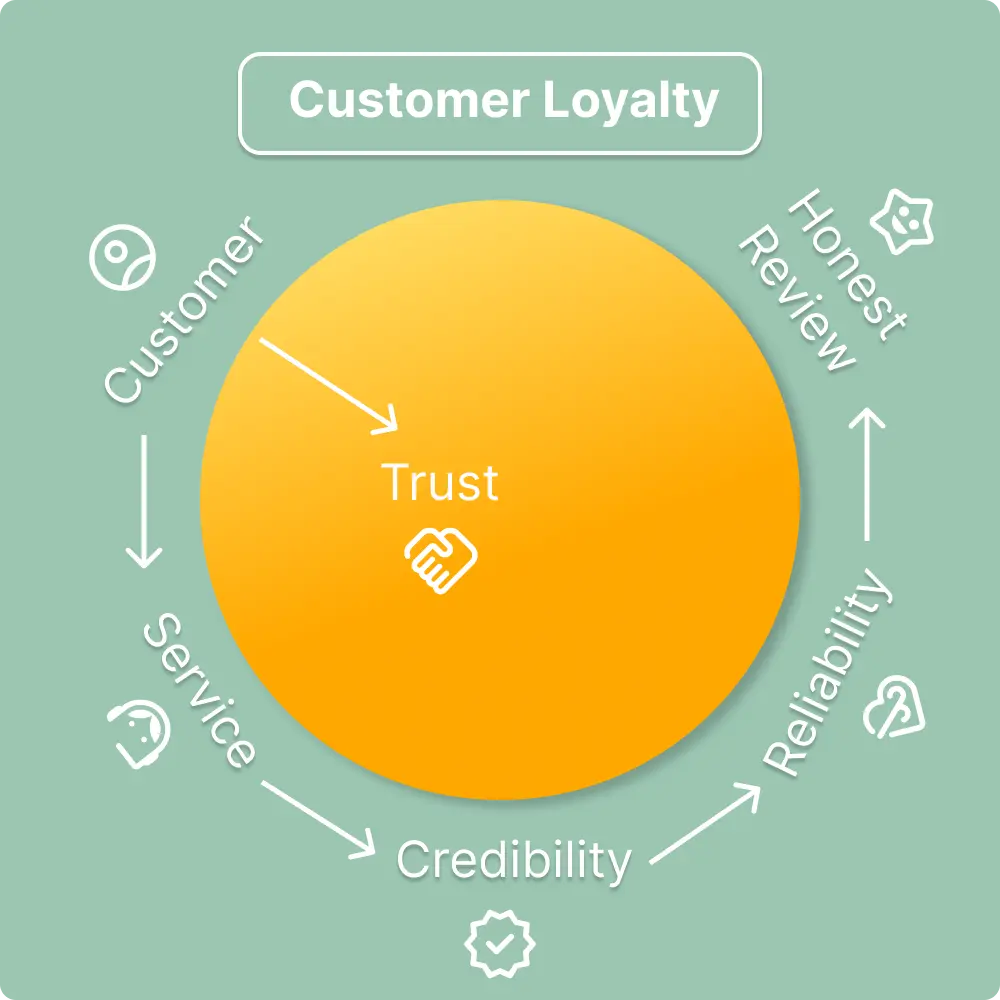
Think of it like this: when a customer reaches out, they’re often frustrated or confused. A fast and perfect response not only solves their problem but also signals that the business cares about their time and concerns.
For instance, when a customer contacts support, they often expect immediate help. But what happens when businesses fail to meet this need?
Customers may turn away from brands, even if the issue gets resolved later. A simple interaction can define a customer’s overall experience with the brand. It highlights the importance of a great ticketing system.
This is where well-integrated help desk solutions, like Fluent Support, come into play. It offers businesses the most seamless and efficient way to manage and resolve queries.
Moreover, with its advanced automation features, such as auto-assigning tickets and automated follow-ups, you can significantly reduce support ticket backlogs and ensure timely responses.
2. Building a strong customer support team
One key takeaway from the statistics is the importance of having a strong customer support team behind your support system.

Customers want a quick, one-touch solution, but it’s the agents who make that possible. Well-trained, responsive agents ensure that a problem is solved without further complications.
On the other hand, when agents lack the necessary information or training, it leads to frustration for both parties.
Moreover, the need for real-time access to customer data is crucial. Agents must have full visibility into a customer’s history, purchases, and previous interactions to provide personalized solutions.
When agents are left scrambling for information, it erodes customer trust and patience. So, the best companies invest in training and tools that ensure agents are always well-prepared.
Another thing we’ve learned from stat reports is that 70% of unhappy customers continue doing business with a company after their problem is fixed, even if they had issues before. This shows that companies and support agents should never give up on a customer.
They should try to solve the problem as quickly and as perfectly as possible. If they do chances are, 7 out of 10 customers will continue doing business with the company.

3. Why speed matters more than ever
Customers are more impatient than ever. They want their problems resolved in minutes, not hours or days. The pressure on businesses to provide fast responses is immense.
This is where tools like live chat and AI-powered bots have come into play. These technologies allow companies to offer quick resolutions, even outside of traditional business hours.
Yet, speed alone isn’t the answer. Customers prefer speed and accuracy. A quick, but ineffective solution can be more damaging than a slightly delayed, but well-executed one.
Striking a balance between quick resolutions and effective solutions is key. Automated systems can handle the initial queries, while human agents step in for more complex concerns.
4. The role of AI in customer support
With the rise of AI in customer experience, customer support has seen a significant transformation. AI-powered chatbots can handle routine tasks. Tasks such as answering frequently asked questions or directing customers to the right department. This frees up human agents to focus on more complex issues that require critical thinking.
However, relying solely on AI isn’t enough. Many customers still prefer the human touch, especially when their issues aren’t resolved by the bot.
The data reveals that while AI can handle the initial interaction, most customers still want a real person to step in for more nuanced conversations. Balancing AI assistance with human support is the future of customer service.
Companies using AI platforms can improve customer experiences by providing rapid answers without sacrificing quality. Automation can guide customers toward the correct resolution faster, but human support ensures empathy and precision when needed most.
5. Self-service and customer satisfaction
Interestingly, a large percentage of customers want to resolve their issues on their own. Self-service options, such as a detailed knowledge base or FAQ section, are now a must for modern businesses. Customers appreciate the convenience of finding solutions without waiting for support.
Still, while many businesses have self-service portals, they aren’t always effective. Customers get frustrated when they can’t find the information they need, which brings them back to customer support.
For this reason, it’s essential that self-service options are well-organized and easy to navigate. A robust knowledge base that’s frequently updated can significantly reduce the burden on customer support teams.
Real-World Success Stories in Customer Support
1. WPManageNinja
WPManageNinja exemplifies this through various exceptional customer support stories.

“Don’t lose sight, progress is the compass guiding us towards exceptional customer service.”
MD. Kamrul Islam
Head of Support, WPManageNinja
A client once wanted a refund due to some information gap in the documentation for one of their WordPress plugin. After receiving a refund, the client was contacted by the support lead, who reassured them that the needed updates were on the way.
The support team lead’s convincing words and commitment to prompt updates persuaded the client to stay. The team then updated the documentation as promised. It turns a potential loss into a loyal customer.
Another instance involved a customer using their form builder plugin who needed a booking system in it (now they do have a separate booking plugin). Although not everyone required this feature in the form builder, WPManageNinja’s support team created a custom code workaround to meet the client’s specific needs. The client was thrilled with the solution and left a glowing review.
In a different case, a customer needed to integrate WPManageNinja’s table builder plugin with Google Sheets. The team provided a step-by-step guide and further customized the table to meet specific requirements. It showcases their willingness to go above and beyond.
2. Zappos
Zappos, the famous online shoe and clothing retailer also shines with its extraordinary customer support. For example, they might send a handwritten thank-you note or provide a full refund on a return, regardless of the reason.
One memorable case involved a customer who had an issue with a pair of shoes. Zappos not only resolved the issue promptly but also upgraded the customer’s shipping to overnight delivery at no extra cost. This created a lasting positive impression.
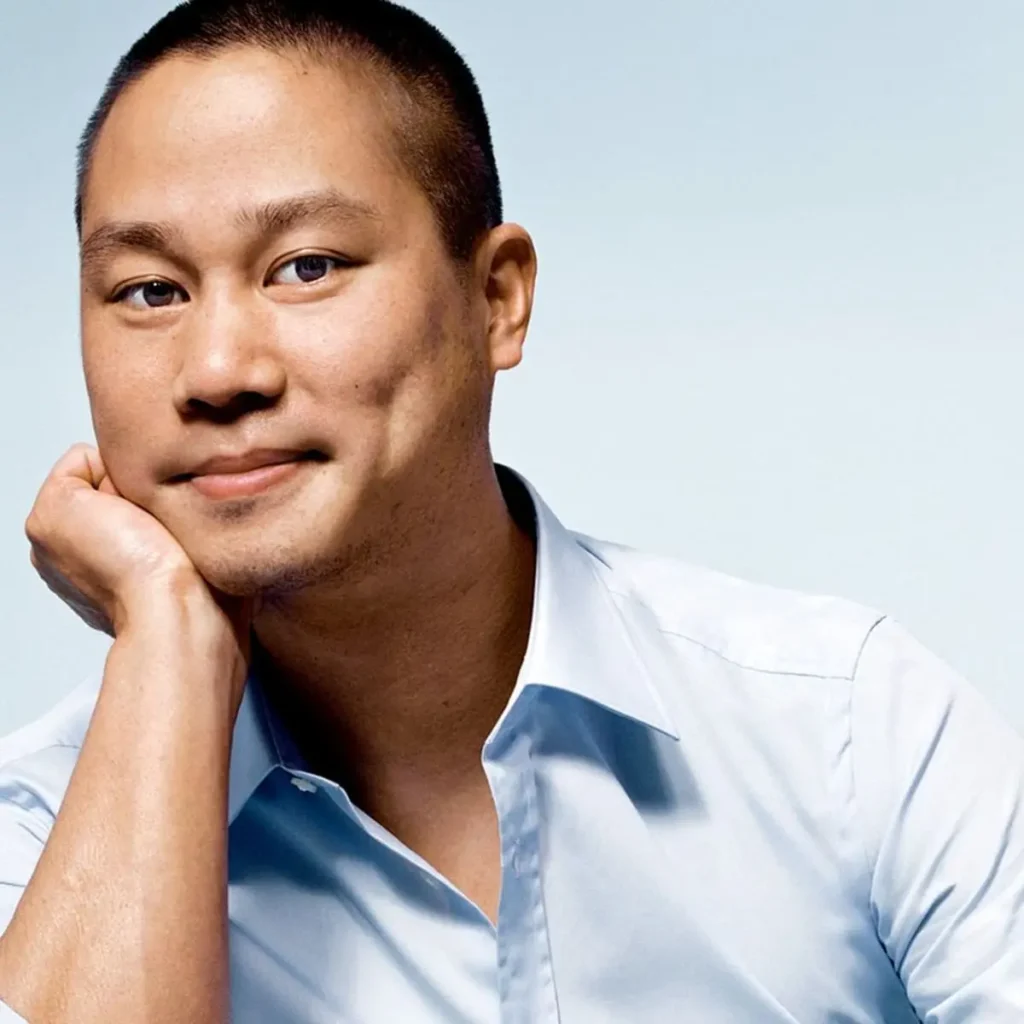
“We are not an average company, our service is not average, and we don’t want our people to be average. We expect every employee to deliver WOW.”
Tony Hsieh
Former CEO, Zappos
Both WPManageNinja and Zappos illustrate how going the extra mile in customer support can transform challenging situations into opportunities.
What business owners can do to get success
To build a strong customer support system, businesses need to:
- Train their agents – Ensure that they have the right mindset and skills, Regularly train your support team for improvement, and information to resolve issues quickly. Also, make sure to provide the best agent experience possible from your business’s side.
- Invest in AI and automation – While AI won’t solve everything, it can help streamline simple tasks.
- Offer self-service options – Let customers find answers on their own through a knowledge base, online forums, video documentation, and even from social media posts like on Reddit, Quora, Linkedin, etc.
- Emphasize personalization – Make sure every customer feels like they matter by providing tailored support.
- Track customer satisfaction – Always ask for feedback after interactions to identify areas for improvement. Regularly monitor customer support KPIs to understand where things need more of your attention, or search for the missed opportunities through them.
Customer support is your competitive edge
The future of customer service lies in fast, efficient, and personalized support. Companies that adapt to these expectations will see higher customer loyalty, better word-of-mouth referrals, and improved customer retention.
Investing in the right tools, training, and systems, like well-integrated help desk solutions, is essential to staying ahead in the game.
As businesses continue to evolve, so will customer expectations. Keeping support responsive, accessible, and empathetic will be key to building trust and ensuring long-term success.
save you money?
Hi, I’m Sajid Sadman, a digital marketer specializing in customer service and user experience. With a passion for content writing, I create engaging and impactful content to enhance user satisfaction.












Leave a Reply